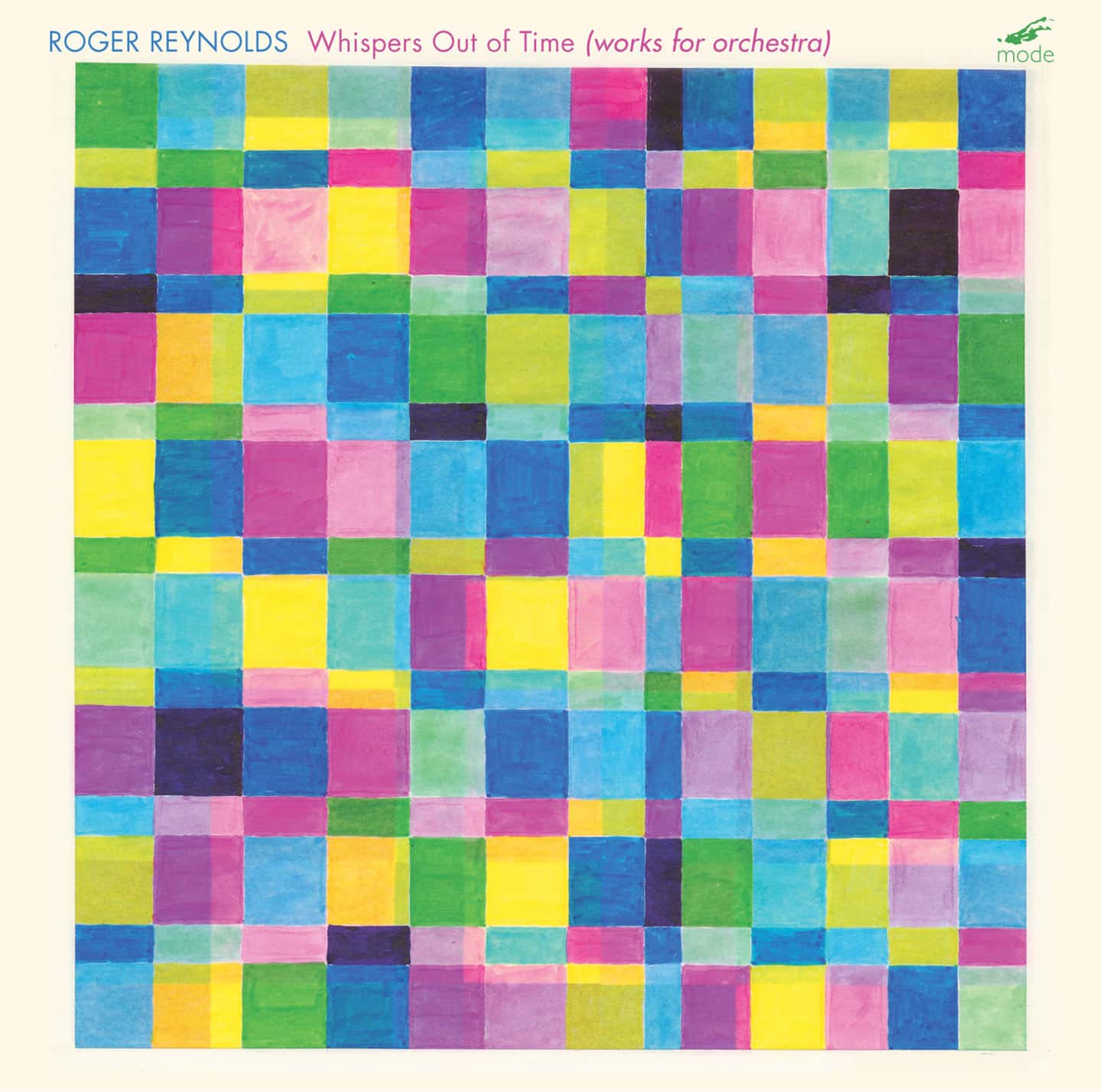The first complete disc of Roger Reynolds’ orchestral music.
Symphony[Myths] (1990)
Futami ga ura (9:06)
Intermezzo (3:20)
Symplegades (“The clashing rocks”) (8:32)
Tokyo Philharmonic Orchestra
Kotaro Sato, conductor
Whispers Out of Time (1988)
The soul is a captive (5:41)
A magma of interiors (3:05)
Like a wave breaking on a rock (3:36)
The surprise, the tension are in the concept (2:44)
A chill, a blight moving outward (3:05)
The portrait’s will to endure (10:17)
Cleveland Chamber Symphony
Edwin London, conductor
Symphony[Vertigo] (1987)
Drammatico (7:50)
Sospeso, come un sogno (7:57)
Esplorazione (8:32)
La Jolla Symphony Orchestra
Harvey Sollberger, conductor
Roger Reynolds’ (b.1939) music is a bit of a paradox: intimate in detail, while on a broader scale it is epic. It fits well with the music of his friends: Toru Takemitsu and Iannis Xenakis.
The three works on this disc were composed over a four-year period (1987-1990).
All are first recordings, and the first complete disc of Reynolds’ orchestral music.
Symphony[Myths], dedicated to Takemitsu, is for large orchestra: woodwinds in fours, piano, harp and an extended percussion section. It is seemingly “about” pairs of almost mythic rocks in Japan and Greece – translated across the span of a work that gradually subverts their hardness and immobility in the very slow and sometimes subtle manner that water erodes soil.
Whispers Out Of Time draws its inspiration from John Ashbery’s extended poem, “Self-Portrait in a Convex Mirror”. It is scored for a string orchestra consisting of violin, viola, cello and contrabass soloists placed in front of an orchestra consisting of 8 violins, 6 violas, 5 cellos and 4 contrabasses (the violins are not divided into two groups, as is common, but play as a single section). It uses “skeletal quotations” from Beethoven’s Piano Sonata, Opus 81a (Les Adieux) in the first movement and Mahler’s 9th Symphony in the fourth, which “have been stretched so as to become temporally convex and then cloaked by other lines. Their muted influence permeates the work,” to quote Reynolds.
Symphony[Vertigo], dedicated to the composer’s friend and colleague, Charles Wuorinen, is a shifting kaleidoscopic array of sounds. Scored for full orchestra with woodwinds in threes, piano, harp and three percussionists, the orchestra is significantly supplemented by the use of quadraphonic computer processed sounds.
Liner notes by composer/conductor Harvey Sollberger.

